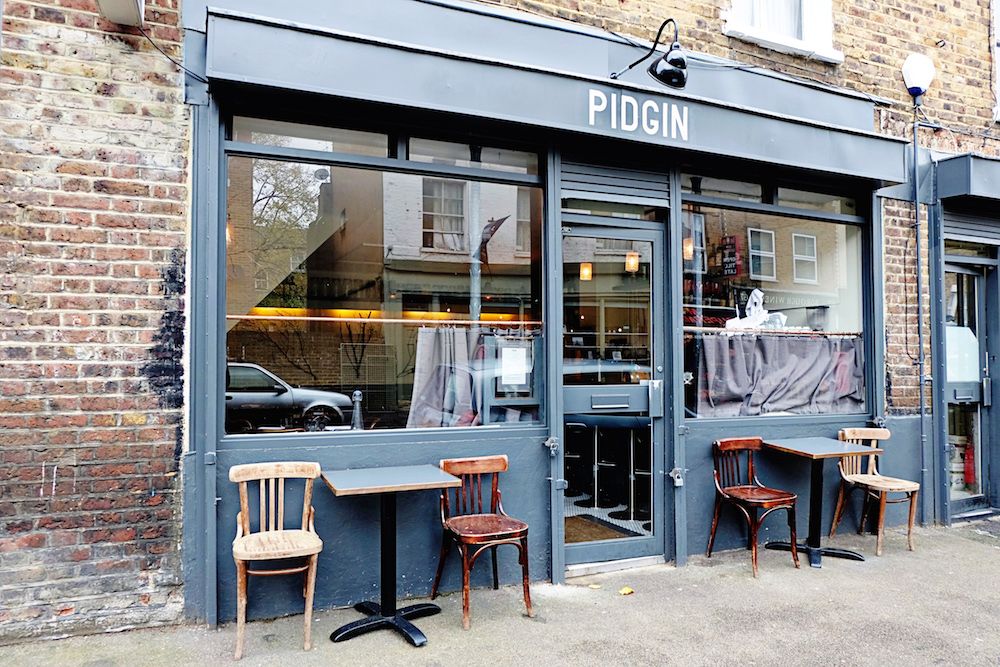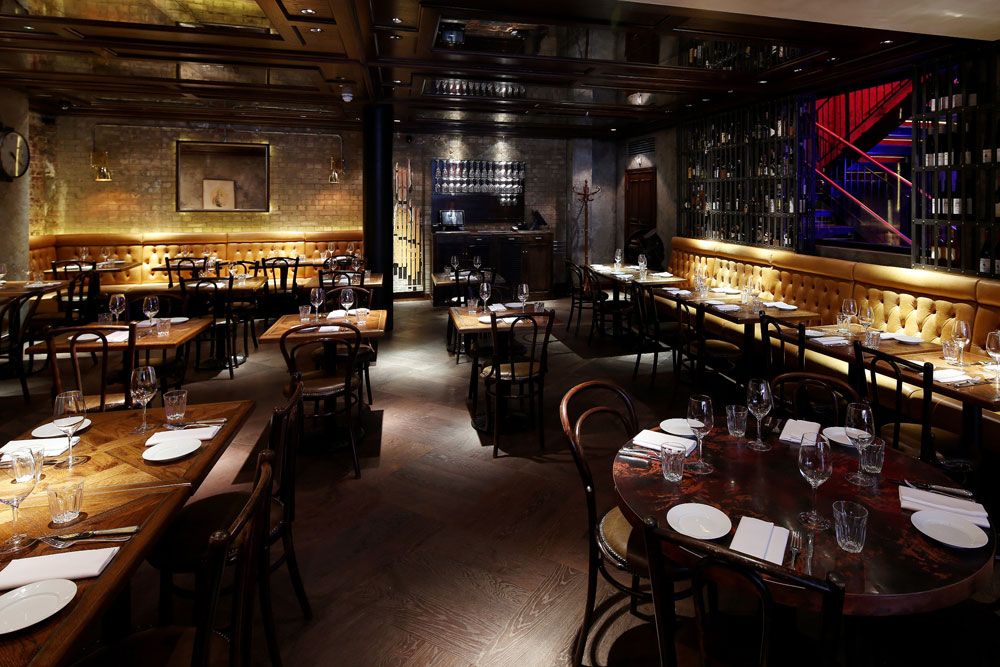They might be only be a page long, or go on for so long they need their own contents page, wine lists can be baffling and inspiring at the same time. So what makes a good one?
Whilst it clearly makes sense to try and make generalisations about how wine lists are being put together, it is also largely a failed exercise in that every wine list by nature is individual to the restaurant, the chef, the cuisine, the menu and the buyer or sommelier putting it together.
Jascots Wine Merchants certainly gave it a go last month with the results of its extensive analysis of 240 separate wine lists taken from restaurants across London. A study The Buyer reported on at the time, revealing the winners and losers when it comes to the countries and the grape varieties that are mostly being listed by the capital’s senior buyers and restaurant decision makers.
But it also realised it was important to highlight the individual approaches different restaurateurs and sommeliers take to that very unique task of deciding which wines, from which countries and at what price point are going to make it on to their lists.
To do so it brought together three leaders in their field to debate what they think constitutes a good wine list and what thought processes go in to creating them: James Ramsden, co-owner of the Michelin-starred restaurant, Pidgin,in Hackney, north London; Jon Kleeman, head sommelier of Jason Atherton’s Social Eating House; and wine, restaurant consultant, and The Buyer contributor, Anne Kriebiehl MW.
It made for a fascinating session, particularly as they each had very different approaches, none more so than Pidgin’s James Ramsden.
Breaking out of comfort zone

Different week, different wines at Pidgin in Hackney
If you go to his restaurant expecting to safely pick out a tried and trusted Sauvignon Blanc, Chardonnay, Cabernet Sauvignon or Malbec, then think again. He seems to be going out of his way to make his wine list difficult for his guests. Which might go against all the advice, and general accepted wisdom that the number one task in putting together the perfect wine list is to make them easy and accessible to diners.
Ramsden’s view is that it is his job to challenge and to get his customers to try something different and not just go for their usual “safe” option. Which is why you won’t find any varietals on its list at all.
One area they all agreed on was the challenge in finding a list that was big enough to be varied and interesting, but not so big that the restaurant simply cannot find the space to stock all the wine. “Space really is an issue,” stressed Ramsden.
It is partly why we see so many restaurants taking on and delisting wines. They simply don’t have the space to store it and when it’s gone, it’s gone.
At Pidgin the challenge is even greater in that it changes its dining menu every week, which in Ramsden’s view means it needs a completely new wine list every seven days as well. He clearly likes a lot of change and upheaval and does not seem at all phased by the challenge of pulling together a completely different set of wines every week. But then it is quite a limited choice as he only needs to find four wines to pair with the four course menu.
Which is probably partly because he asks a different supplier every week to help him source the wine. Yes, that’s right. Not only are the wines different every week. So is the supplier. The whole process does sound a little exhausting and it will be interesting to see if things are quite as complicated a year or two down the road.
It is also, he admits, placing further pressure on its staff to learn different wines every week. “We encourage them to pick out the wines they really love and to just push those.”
Which can also be a blessing for those customers who are quite happy for us to make the wine choices for them, he adds.
But credit where credit’s due, for its approach is not only giving different suppliers and producers a chance every week, it has helped his restaurant gain a Michelin star within 18 months of opening.
“We are probably tasting eight to 12 wines ever week, but just to see the incredible breadth of choice is fascinating,” he said.
Finding the right wines might be a little easier in that he and his business partners at Pidgen have just opened an evening wine bar, Enfant Terrible, just three minutes walk down the road.
More choice…by the glass

Jon Kleeman says wines by the glass is now a fundamental part of Social Eating House’s offer
Jon Kleeman also believes in mixing up your wine list on a regular basis. Particularly wines by the glass, which, he says, have become a fundamental part of a successful restaurant or bar’s wine offer. A well sourced, and priced wine list can really help raise the profile of your wine offer. But you have to be careful not to get too carried away, he stresses.
“You have to find the right balance with what your customers want. You have to match your list to the spending capability of your customers. If they are prepared to pay £65 for a glass, then you have to make sure you have one on the list or you will be missing out.”
He believes the quality and variety of different wine preservation and dispensing systems means there really is not an excuse not to have a credible wine by the glass offer. It also means you can experiment and push wines at different price points.
They have also, added Krebiehl, made it far easier, as well as possible, for restaurants to offer more demanding food and wine matching menus where you can demonstrate different styles of wine much more.
Ramsden agreed eulogising about what an enormous difference Coravin had made to restaurants. “It’s just fantastic, and has helped us with our wines by the glass offer.”
Kleeman said Coravin had made it much more possible for someone like himself to buy older vintages of classics such as Bordeaux or Burgundy. That accessibility is very important to a restaurant like Social Eating House, he added. “We can show more blends, different styles of older Pinot Noir, for example.”
Looking to the future

Most of all be sincere…says Anne Krebiehl MW
As for future dining trends Kleeman said there was greater demand for Pinot Noir from different countries around the world. A trend that Krebiehl was also seeing. “There is now much more chance to experiment with Pinot Noir,” she said.
The panel also looked at what type of staff training was particularly successful for restaurants when it comes to wine. Krebiehl was quite clear: “I ask them to say what their favourite wine style is and then urge them to recommend that wine wholeheartedly to their customers. That way they will follow.”
The trick is being sincere, she added. “Customers are like dogs, they can smell insincerity. There is no point in pushing wines that you sort of believe in.”
Ramsden believes it is vital staff talk about wine in a way they can relate to. “It might mean saying this wine will be banging with your guinea fowl.”
It’s also important not to be completely fixed by the dish as to what wine can go with it, added Ramsden. “If a customer does not like big wines, they are not going to like them any more just to go with the big style of dish.”
An approach Kleeman also follows. “Always pair food and wine to individuals,” he said. “That’s why we don’t have set pairings on the menu.”
He believes the key is to create the right informal atmosphere.
The panel also turned to the issue of price. For Ramsden he urged wine suppliers to always come to him with wines that hit certain price points on the menu. Be it £25, £30 or £40 a bottle. “Whether it comes from the US or Europe is not that important. What price it is going to be on our menu.”
The fall in sterling on the back of the Brexit vote last year meant sommeliers and on-trade buyers were being a lot more “tactical” in what they are now buying, said Kleeman. “It’s going to be a challenge for the year ahead,” he added.
But for now there are thankfully a lot of US and Asian customers willing to spend money on bottles of Burgundy and high end Bordeaux, he said.
The last word goes to Krebiehl. Above all else, she urged, the audience of on-trade buyers, and sommeliers to go and “have some fun and do it with conviction as your customers will respond to it”.
And finally: “But most of all take the horrendous seriousness out of it all!”









































